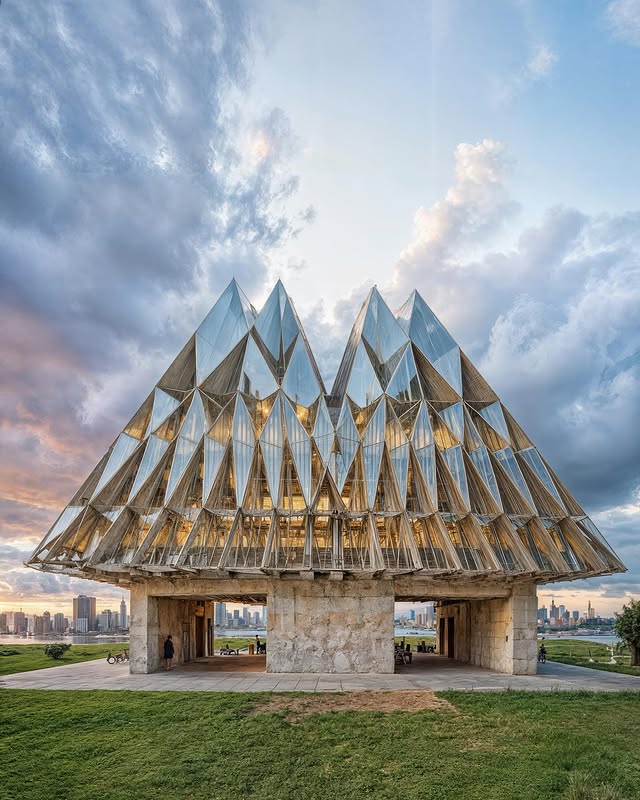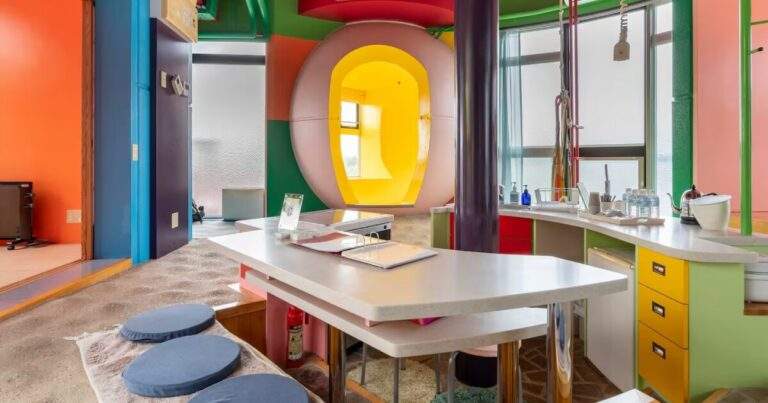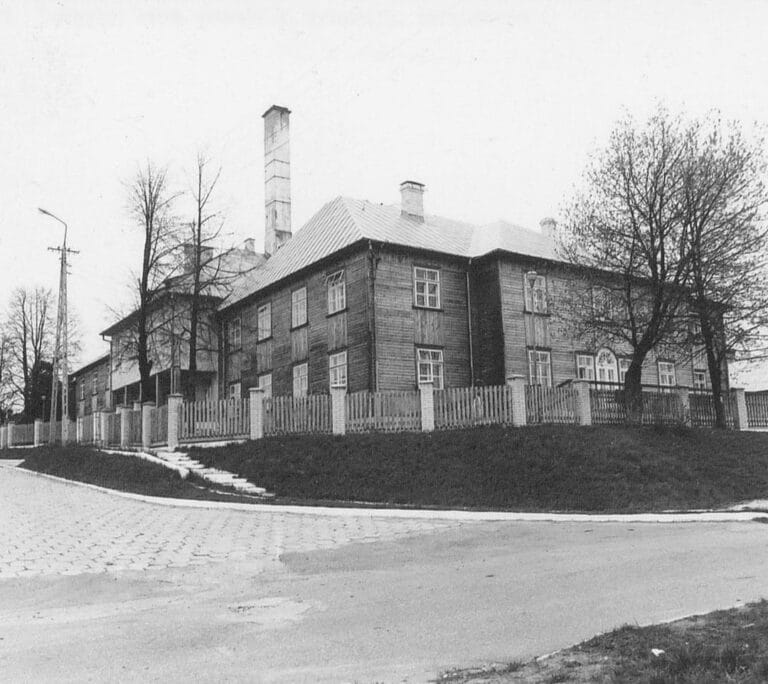Guadalajara’s Civic Sculpture: Merging Art and Engineering in Innovative Design
The civic sculpture in Guadalajara stands as a unique intersection of modern art and architectural engineering, blending glass and textiles into triangular forms folded like origami. This article explores the design elements, symbolic significance, and urban role of the sculpture, while addressing the technical challenges involved in its creation. The discussion will cover material choices, artistic inspiration, civic impact, and structural innovations, offering a comprehensive analysis of this public art piece.


1. Design Elements: Glass and Textiles as Creative Tools
The sculpture combines geometric glass panels and textile components arranged in precise triangular patterns, creating a crystalline visual rhythm. The glass surfaces reflect light dynamically, while the textiles introduce soft, flowing textures that contrast with the rigidity of the glass. The design relies on “unexpected folding,” where elements interlock to form complex 3D structures without visible joints. This area of Guadalajara showcases civic sculpture that combines glass and textiles uniquely.
| Material | Properties | Role in Design |
|---|---|---|
| Glass | Transparency, durability | Reflects light, emphasizes geometry |
| Textiles | Flexibility, lightweight | Adds organic texture and movement |
2. Artistic Inspiration: Origami as a Foundation
The sculpture draws from Japanese origami, transforming flat materials into intricate 3D shapes. Unlike traditional paper folding, it employs industrial materials to reinterpret this art form, embodying “poetic engineering.” The unpredictable folds create a balance between randomness and precision, making the sculpture visually engaging from all angles. The artistic inspiration for Guadalajara’s civic sculpture finds its roots in origami.


3. Civic Role: Art Enhancing Urban Spaces
Beyond aesthetics, the sculpture serves as a catalyst for community engagement and urban identity. Key functions include:
- Activating public areas : Attracting residents and visitors to interact with the artwork.
- Harmonizing with surroundings : Complementing Guadalajara’s architectural style.
- Cultural symbolism : Bridging Japanese origami traditions with Mexican artistic heritage through material and color choices. Guadalajara’s civic sculpture bridges different cultural influences effectively.
4. Technical Challenges: Balancing Contradictions
The project faced significant technical hurdles:
- Material balance : Ensuring glass durability against weather while maintaining textile flexibility.
- Precision assembly : Using advanced engineering to achieve exact angles and folds. Technical challenges were vital in constructing Guadalajara’s civic sculpture.

Frequently Asked Questions (FAQ)
1. What is the sculpture’s primary purpose?
- To enhance public spaces and celebrate Guadalajara’s cultural identity through modern art.
2. Can visitors interact with the sculpture?
- Yes, it is publicly accessible. The experience varies with lighting and viewing angles throughout the day.
3. What materials were used?
- Weather-resistant glass and textiles. Guadalajara’s civic sculpture uses durable and flexible materials.

Key Information Summary
| Element | Details |
|---|---|
| Location | Guadalajara, Mexico |
| Materials | Glass, textiles |
| Artistic Influence | Japanese origami |
| Civic Function | Public engagement, cultural symbolism |
| Technical Challenges | Balancing durability and flexibility |
Conclusion
Guadalajara’s civic sculpture exemplifies how art can bridge heritage and innovation, merging aesthetics with functionality. By integrating modern techniques and traditional inspiration, it redefines the role of public art in contemporary cities, proving that creativity can transform urban spaces into dynamic experiences.







